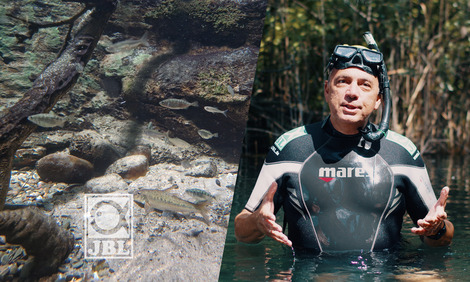
A scientist who lost an arm due to a laboratory accident that occurred during an experiment in March 2016, has agreed to a £5 million settlement with the University of Hawaii at Mānoa, over eight years after initiating the legal action.
Thea Ekins-Coward, then 29 years old, was a visiting postdoctoral fellow at the University of Hawaii at Mānoa, performing a routine operation that involved transferring hydrogen, oxygen, and carbon dioxide gases into a small, low-pressure cylinder to create a growth medium for cells when the explosion happened.
The explosion led to the loss of Ekins-Coward’s right arm, along with corneal abrasions, facial burns, and a reduction in high-frequency hearing. Since then, she has endured phantom pain, chronic pain, and post-traumatic stress disorder.
Multiple investigations identified failures in equipment design and safety protocols, along with significant safety lapses in the lab at the university. In September 2016, the Hawaii Occupational Safety and Health (Hiosh) agency determined that the university did not provide a secure workplace for its staff, noting 15 specific safety failures that played a role in the incident. Nevertheless, an agreement reached the next month between the university and Hiosh reduced the penalties from 15 to nine.
In 2017, Ekins-Coward filed a lawsuit against the university, her supervisor Jian Yu, and Richard Rocheleau, the director of the institute, alleging that she was given materials and equipment that were inappropriate and hazardous for the research she was assigned, which were not engineered for flammable gases and were not grounded to avoid static discharges. Such discharges were likely the cause of the explosion, per an analysis by the Honolulu Fire Department.
She also claimed that she requested safety training on compressed gases and the specific dangers associated with these gases, but this training was not provided by her supervisor.
After the incident, the university contested liability, stating that Ekins-Coward was an employee bound by limited workers’ compensation. In the United States, workers’ compensation laws typically create a no-fault framework where employers are accountable for the expenses related to work-related injuries and illnesses, regardless of fault.
A recent statement from her US legal representatives, Danko Meredith, indicated that the university further attempted to attribute blame to Ekins-Coward for using unsuitable and unsafe equipment. ‘However, we demonstrated that the university approved the equipment and that it should have provided our client with thorough training on the safety protocols necessary when dealing with explosive gases,’ the statement elaborated.
‘The settlement we secured was designed to address our client’s needs moving forward. As a consequence of the investigation, universities nationwide have altered their laboratory safety procedures to prevent similar injuries to other researchers.’
Ekins-Coward also received counsel from Scott Rigby, an international injury partner at the UK law firm, Stewarts. In a statement issued by Stewarts, the firm noted that, ‘after a protracted struggle, we secured a